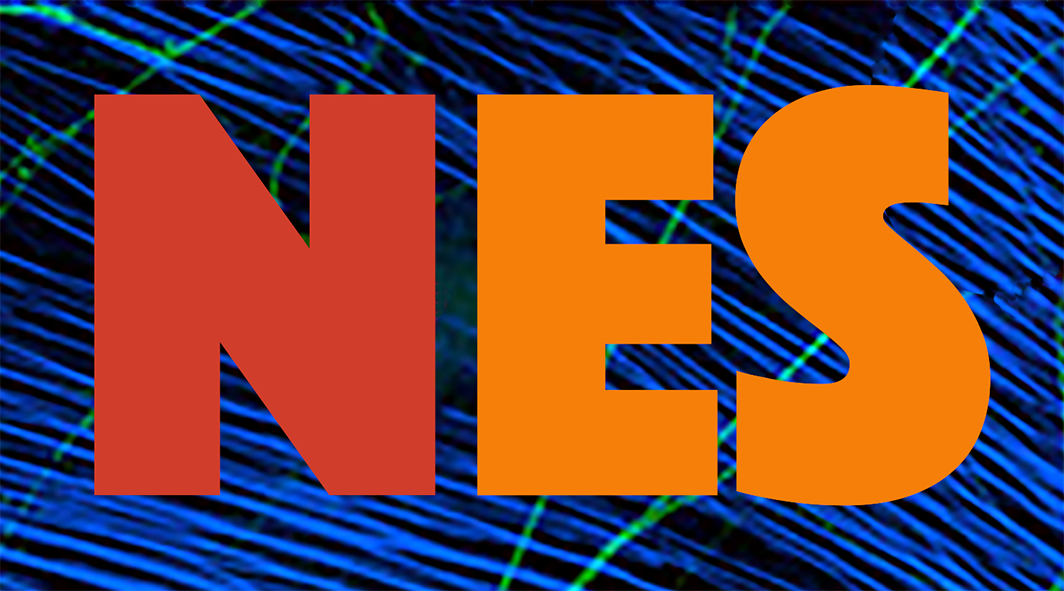
Comparison of EEG functional connectivity using correlation or information-theoretical measures
Feb 19, 2020
Arthur Valencio
Electroencephalography (EEG) is a primary tool for diagnostics and follow-up of neurological conditions. From EEG data, it is possible to obtain functional connectivity matrices, enabling the identification of associated brain areas during a task, hence supporting hypothesis for specific brain links. However, usually these matrices are built using correlation tools, which are not appropriate when characterizing nonlinear signals such as EEG. Hence, here we apply the same procedure using information theoretical measures (mutual information, transfer entropy and causal mutual information) and compare the results. For the test case applied, we show that both ways lead to similar links identified, however the information-theoretical measures provide the extra indicator of the direction to which the information flows.
The whole paper is available here.
Share on Twitter Share on Facebook| NeuroCineMat |
|---|
|
Featuring this week: |
| Newsletter |
|---|
|
Stay informed on our latest news! |
| Follow Us on Facebook |
|---|




